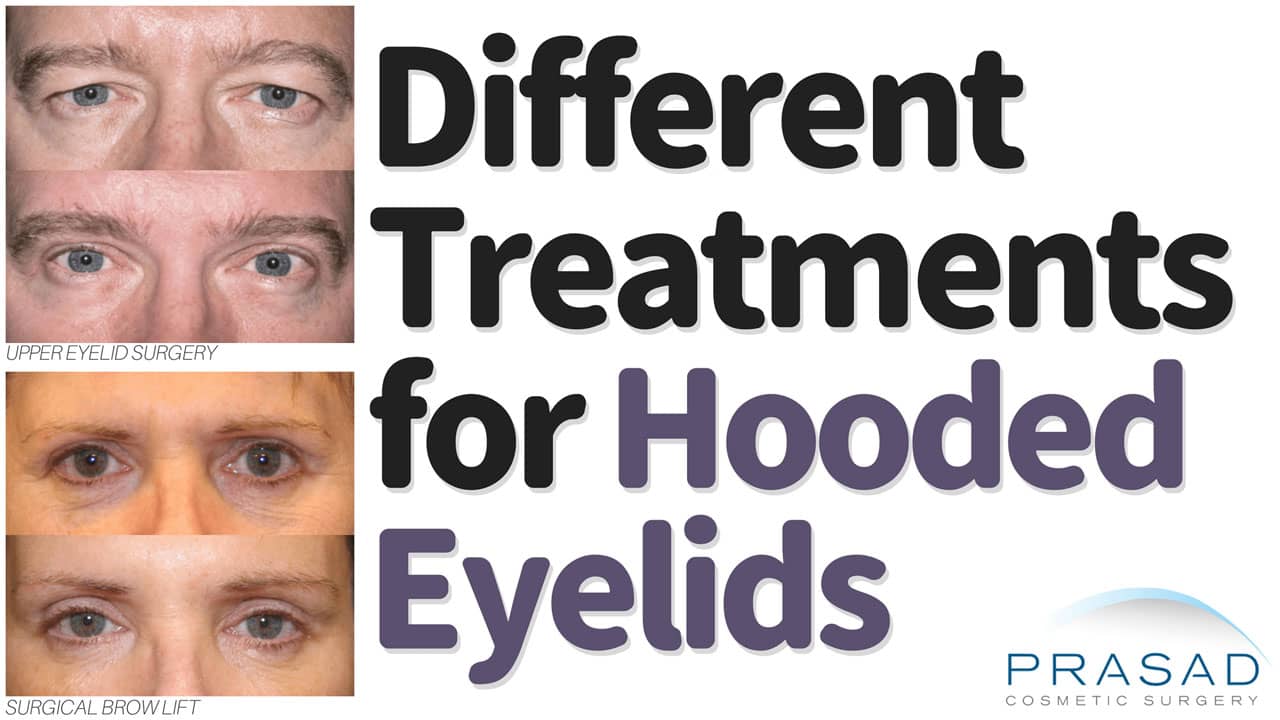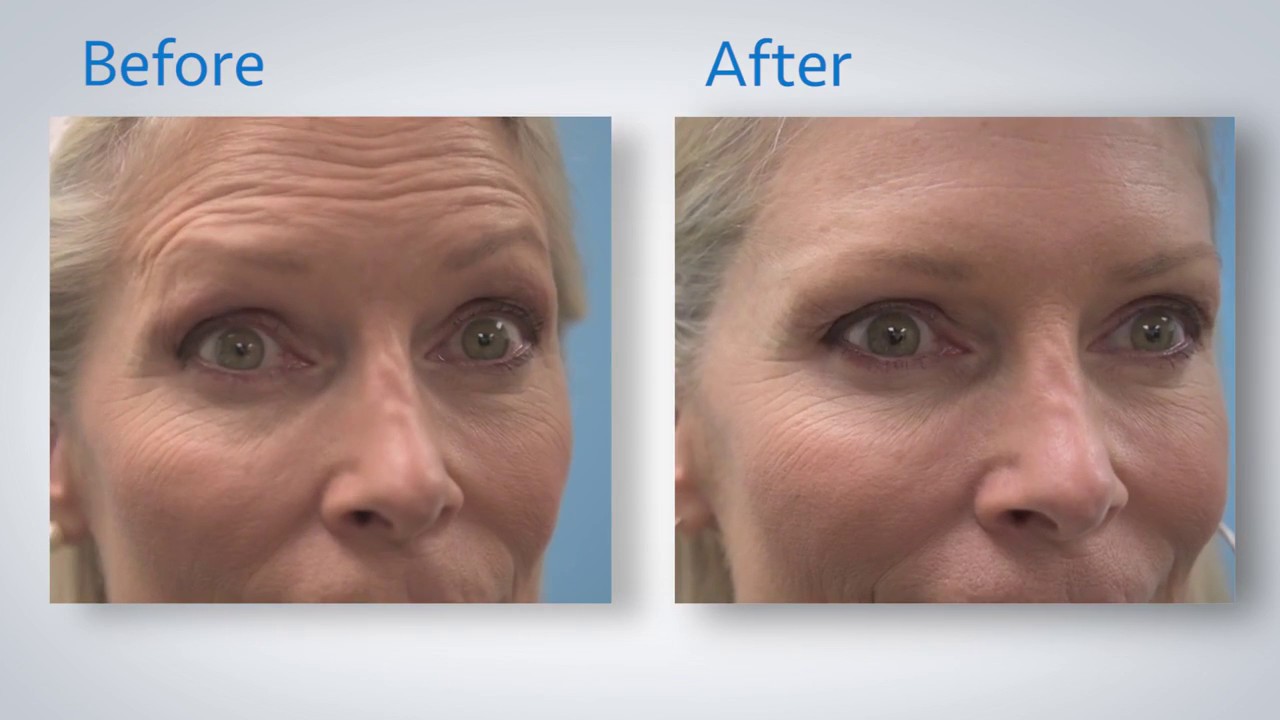
Implant complications are one of the most common risks associated with breast augmentation. Breast augmentation can lead to infection and stretch marks. Breast implants can become hardened and painful over time. This may require them to be replaced or removed. Another risk is that breast implants can become softer or more flexible as women age, go through pregnancy, menopause, or go through other life events. Your mammogram may be affected by breast implants. This could make detection of breast cancer harder.
Fat transfer for breast-augmentation
You should be aware of the risks involved in fat transfer for breast enhancement before you undergo it. Fat grafts are more likely to induce breast cancer in susceptible women. This is because fat grafts can induce growth of breast cancer-prone cells. You should discuss the risks with your plastic surgery before you proceed with the procedure. There are risks associated to every surgery. Fat grafts cannot be guaranteed to succeed in all cases.

Implants can be misplaced
Even though a malposition of an implant may not be the reason for unsatisfactory results, it could lead to revision surgery. If the implant is not properly positioned in the breast pocket, this is a common problem. Your surgeon might place the implant higher during the procedure. This can eventually result in an implant that is too high or too low.
Infections
Infections associated with breast augmentation are not uncommon, although the majority of these infections are rare. One in ten patients will get an infection. An infection is most common within the first two weeks after breast augmentation. Redness, heat or erythema can all be symptoms of infection. These symptoms may prompt surgeons in some cases to prescribe antibiotic therapy, even though no germs were found.
Stretch marks
One of the side effects of breast implants is stretch marks. These are tiny tears that form in the dermis. They can cause discomfort, as well as lower self-esteem. They range in color from red to purple, and they can also appear in flesh tones on the skin. Stretch marks are common in women who have gained weight or become pregnant. They may also be more likely to develop them as a result of genetics. Listed below are some ways to prevent stretch marks after breast augmentation and help you feel more confident in your new, improved body.
Death rate from rupture
The death rate from a breast implant rupture is greater than the overall women's mortality rate. Breast implants are associated with a higher risk of suicide for women. Numerous researchers suggest a link between breast implants and suicide risk. While the rate of suicide among breast implant wearers is higher than that of women who did not undergo breast implants, the researchers do not know why.

Revision surgery
There are risks involved in breast augmentation revision. Discuss any concerns with your surgeon prior to the procedure. Swelling of the breasts may occur after the procedure, but the skin will return to normal soon. Some breasts may feel numb. It will usually disappear within a week to two weeks. Your breasts will appear symmetrical until the swelling subsides.